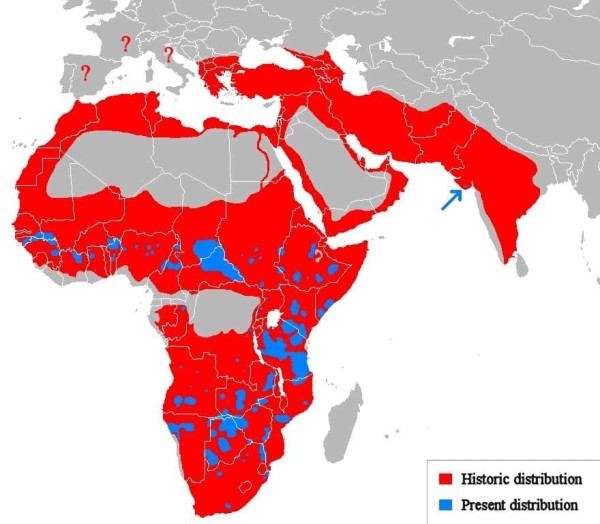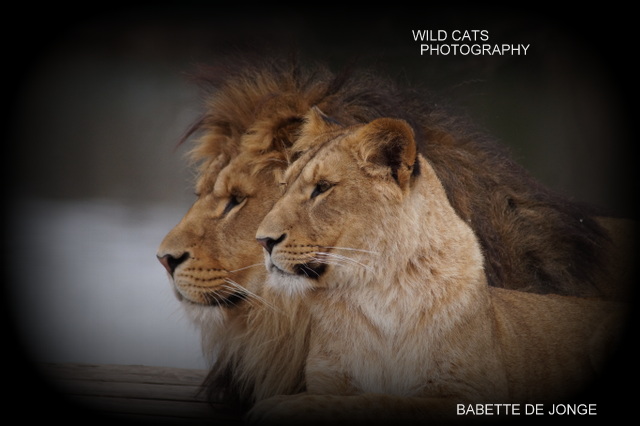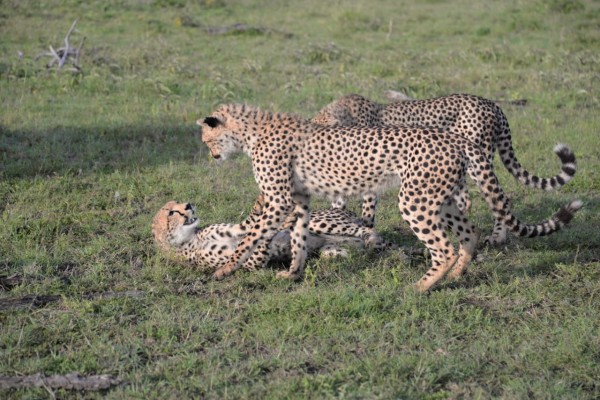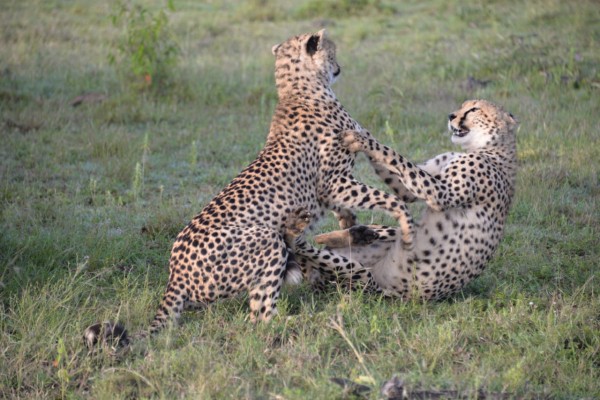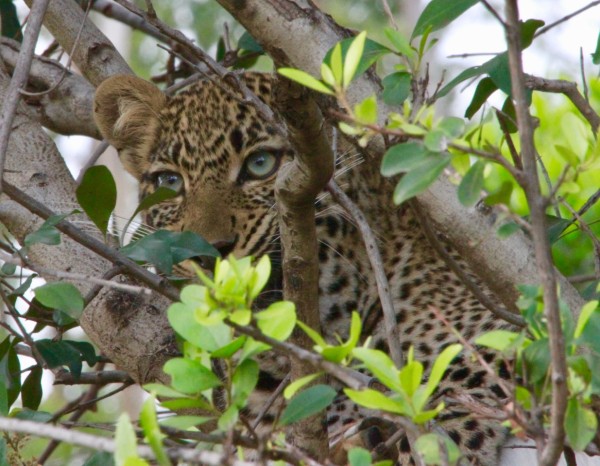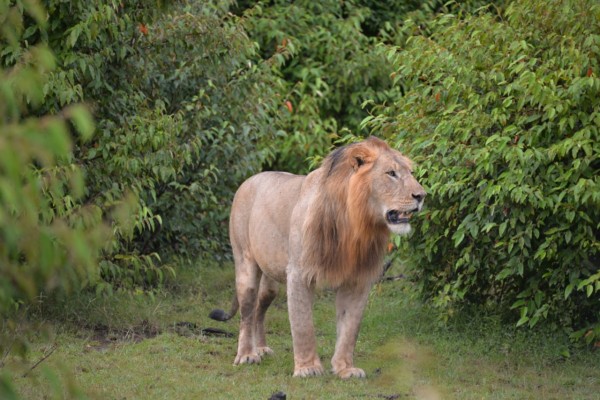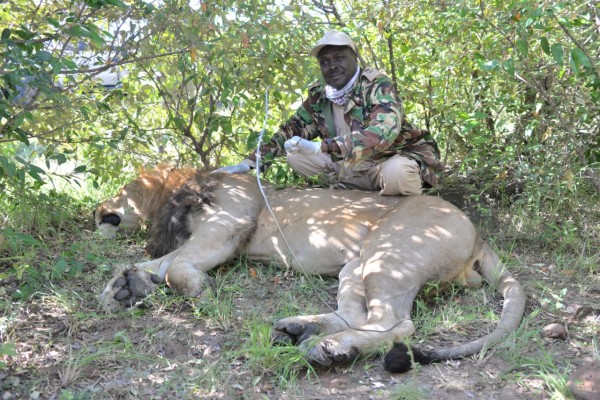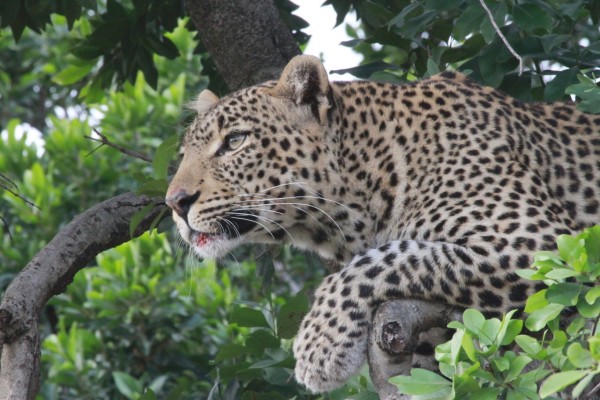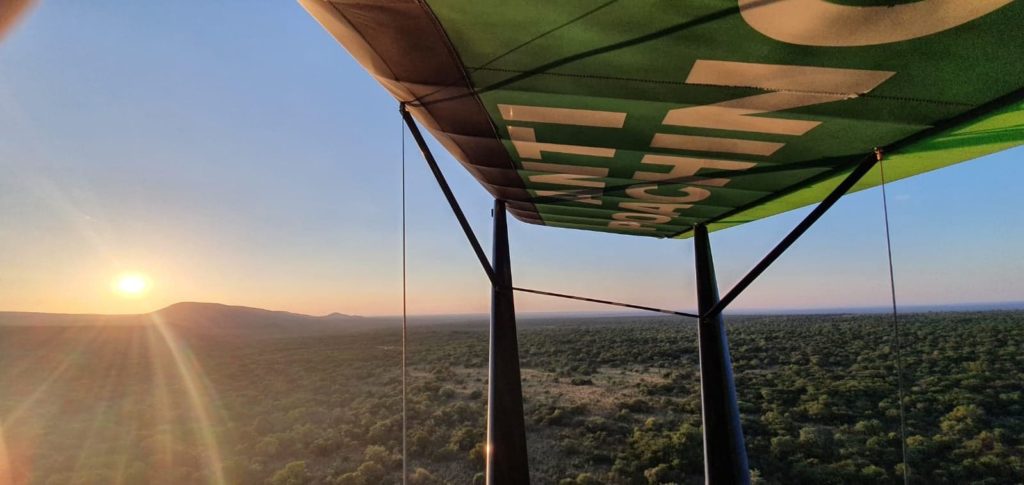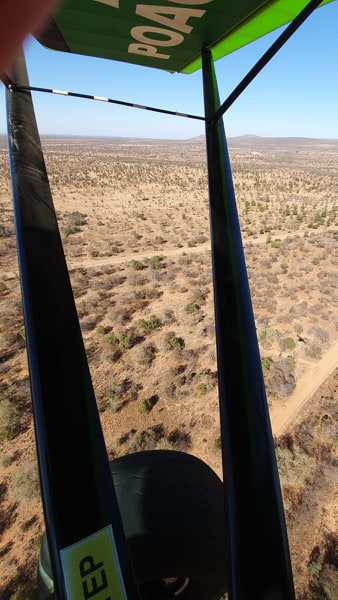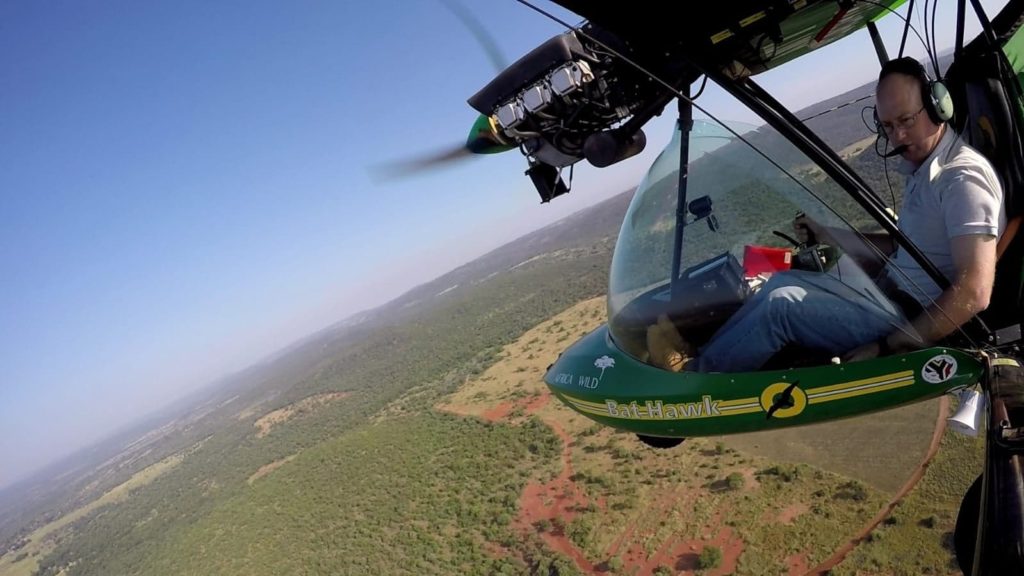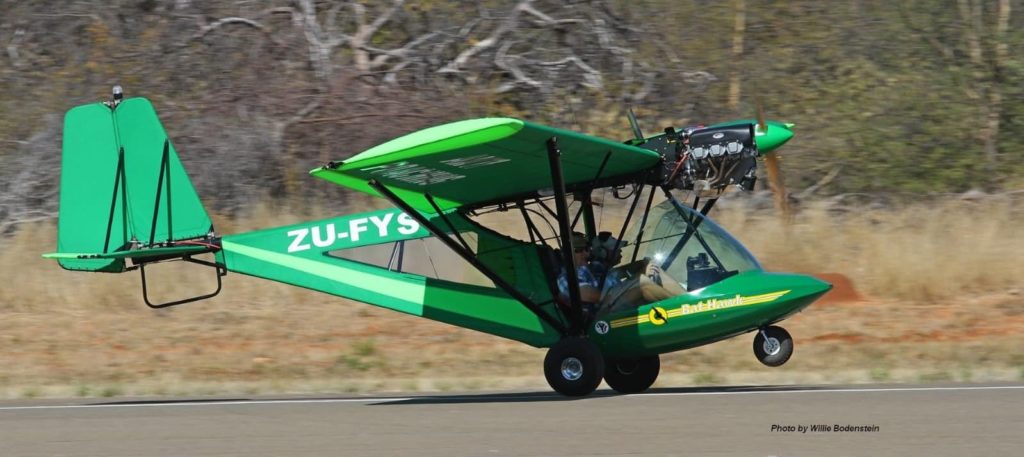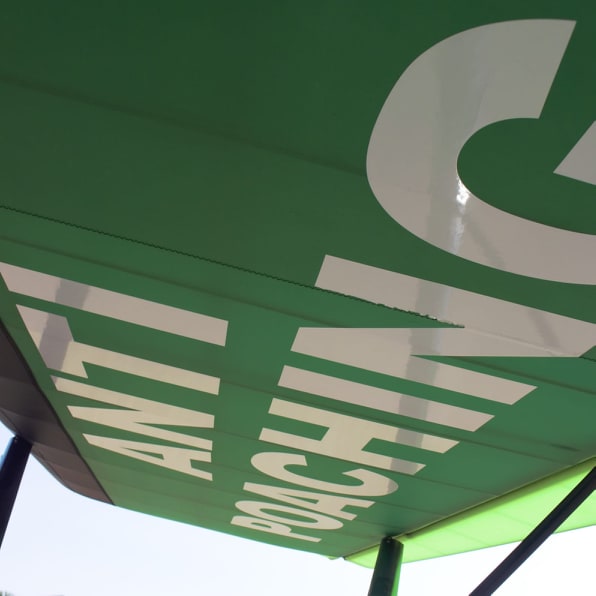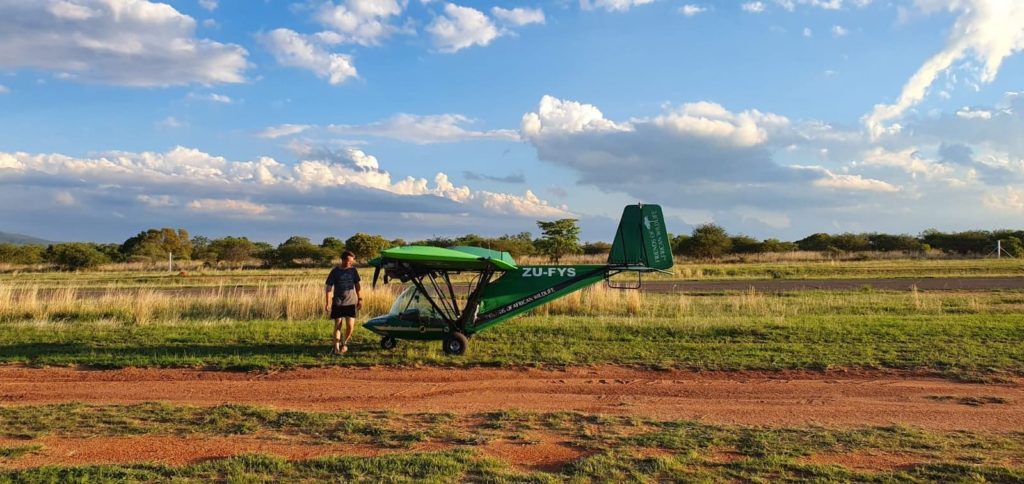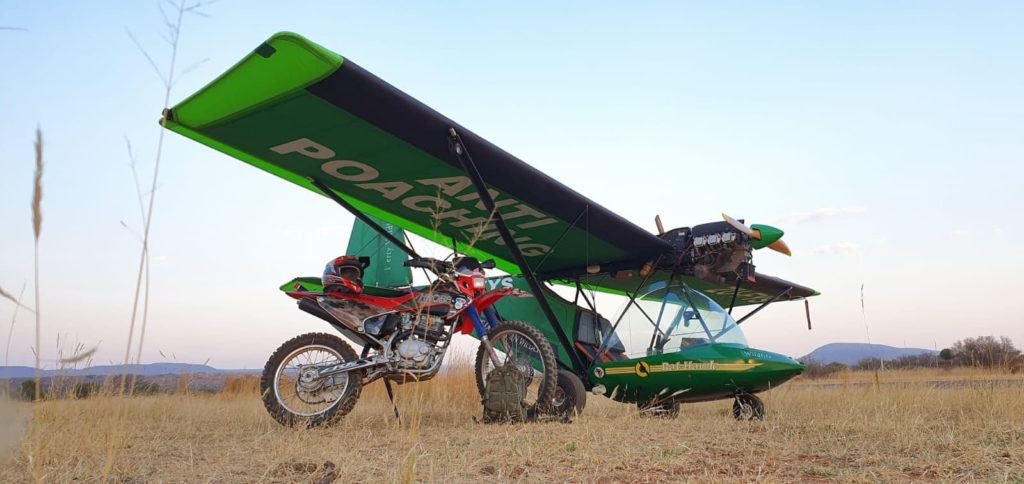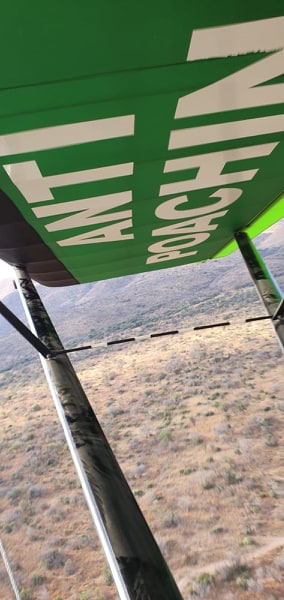Alley Cat Rescue, Inc. (ACR) is commencing a project to map African wildcat (Felis lybica) sightings throughout Africa and surrounding countries. The African Wildcat Project will collect
data from individuals visiting and living in these areas via ACR’s Facebook group and online report form. Those reporting sightings will provide details including the sighting date, location, and notable physical characteristics of the wildcats.
The goal of the African Wildcat Project is to create a visual representation of AWC distribution that will aid ACR and other conservationist groups in monitoring the species’ population, which
has been labeled by the International Union for Conservation of Nature as in decline. AWC’s are becoming rarer due in part to habitat loss and hunting, but the most significant threat to the survival of their species in hybridization through breeding with free-roaming domestic cats.
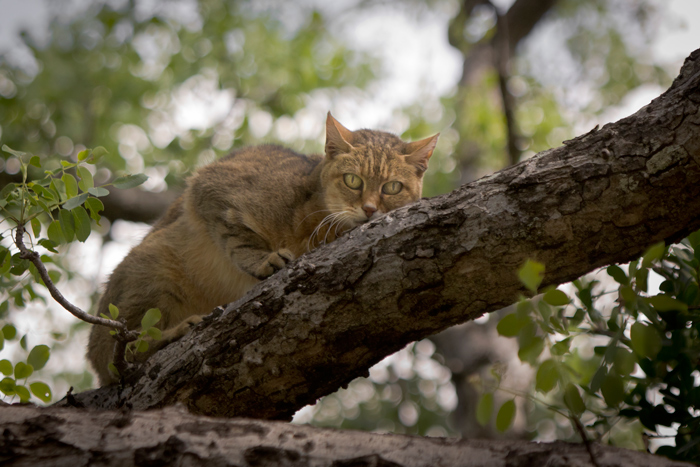
Alley Cat Rescue has been involved with preserving the AWC South African subspecies, Felis l. cafra, for many years. Through their African Wildcat Conservation Action Plan, which
was founded and has been funded to date mainly through grants from the Ayers Wild Cat conservation Trust, ACR works with South African organizations, game rangers, and resorts and lodges to implement focused trap-neuter-return (TNR) efforts for domestic cats living along game preserve borders, thereby maintaining populations of genetically pure African wildcats in the region.
ACR President, Louise Holton passionate about this iconic species.
“We need to preserve this beautiful small wildcat as she has given us our amazing housecats that have given people so much companionship over a long period of time —living with a small tiger in your home!,” says Holton. “Cats make great companions but we do need to control their numbers, using humane nonlethal methods, which work more effectively than killing.”
To date, ACR has TNR’d close to 3,000 domestic cats in towns bordering Kruger National Park.
The African Wildcat Project expands ACR’s focus efforts geographically from
South Africa to any territory Felis lybica inhabits. Crowd-sourced data on AWC sightings is a novel venture made possible by the popularity of social media. Alley Cat Rescue encourages anyone who has personally seen an AWC to report the sighting to them via their Facebook page or survey at surveymonkey.com/r/AWCReport.
For more information about African Wildcats and ACR’s conservation projects, visit Saveacat.org/african-wildcats.html.

